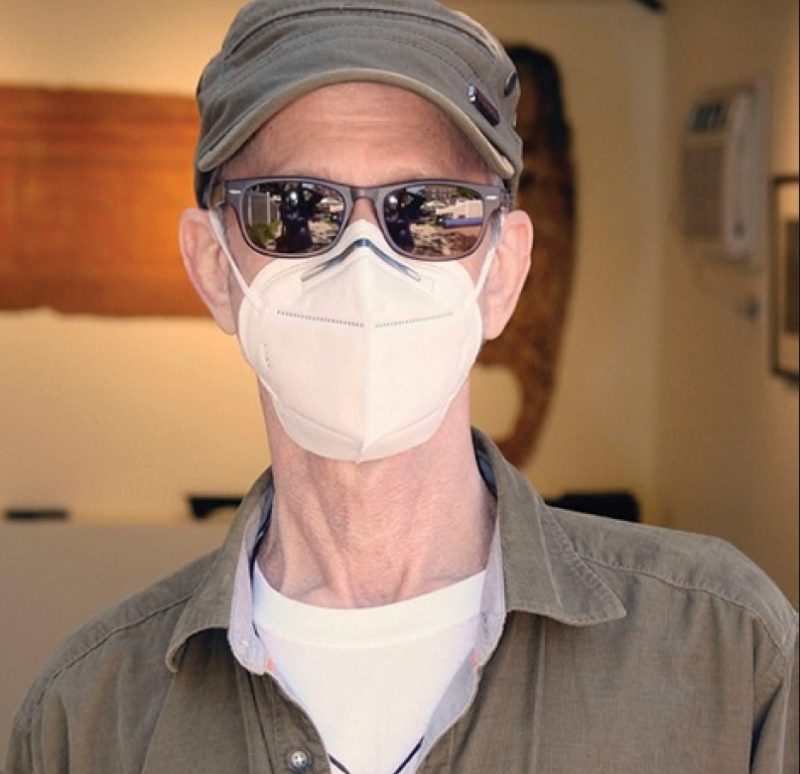Biography
In the 70s, John Fekner was ‘anonymously known’ for over three hundred environmental/conceptual works consisting of dates, words, and symbols spray-painted throughout the five boroughs of New York. The “Warning Signs†project focused on pointing out hazardous conditions that dominated New York City and its environs in the 1970s. In the spring of 1977, Fekner created word signs using hand-cut cardboard stencils and spray paint. He began a relentless crusade concerned with social and environmental issues. Starting in the industrial streets of Queens and the East River bridges, and later on to the South Bronx in 1980, his messages were seen in areas that were desperately in need of construction, demolition, or reconstruction. By labeling structures and emphasizing problems, the objective was to call attention to the accumulated squalor by urging city officials, agencies, and local communities to be more responsible and take action.
His first projects, Growth Decay, Industrial Fossil, Urban Decay, Decay/Abandoned, Instant This Instant That, and The Remains of Industry were not intended to remain for a long period of time. They succeeded when the existing condition was removed or remedied. In the New York Times, John Russell wrote…John Fekner is an artist who works not only in New York but with New York. The city in its more disinherited aspects is the raw material with which he has been working ever since he got a studio space in P.S. 1 in Long Island City in 1976 and learned to regard the huge dilapidated building as ”an elderly person who has acutely perceived his experience of life.” He went on to work outdoors in Queens and in the Bronx in ways that gave point and urgency to places long sunk in despair. With a word or two (”Decay”, for instance, or ”Broken Promises”), he brought an element of street theater into disaster areas. With a single stenciled phrase (”Wheels Over Indian Trails,” for instance) he mingled the present with the past on the side of the Pulaski Bridge near the Queens-Midtown Tunnel. What on the other hand might have been vandalism had a salutary effect. People in desolate parts of the city saw more, felt more, thought more, and came out of their apathy.
Although Fekner’s artistic work has at times been extremely public, media-savvy, and technological-driven, he has managed to keep a low profile, which allows him to keep his vision resolute.

